Remote teams rely on seamless communication to maintain productivity, and a reliable email app is crucial for this. Mac users have several email apps, and finding the right one can make a significant difference. Crashing apps can disrupt workflow and cause frustration.
While Apple Mail comes pre-installed and is a solid choice, other options offer better-suited features for team environments. For instance, Canary Mail ensures robust security and minimizes crashes, making it ideal for remote team use. Another great option is Spark, known for its smart inbox and team collaboration features.
For those who work primarily with Gmail, Mimestream integrates tightly with Gmail’s features, providing a stable and familiar experience. Using the right email app can help remote teams stay connected and focused, avoiding the pitfalls of frequent crashes.
Understanding Email Apps on MacOS
Email apps on macOS offer various features that cater to the needs of remote teams. These apps provide robust functionality to handle high email volumes, ensure secure communication, and support different email protocols.
Essential Features to Look For
When choosing an email app for macOS, it’s important to consider features that enhance productivity and team collaboration. Many email clients offer functionalities like shared inboxes, real-time collaboration, and private comments. Spark, for example, allows team members to discuss emails privately and work together on responses without leaving the app.
Compatibility with other tools and services is also crucial. Tools like Superhuman integrate well with calendar apps, task managers, and CRM systems.

Comparison between IMAP and POP3 Protocols
Email apps on macOS generally support two main protocols for retrieving email: IMAP (Internet Message Access Protocol) and POP3 (Post Office Protocol).
IMAP is designed to keep emails on the server, allowing users to access the same mailbox across multiple devices. This is highly beneficial for remote teams, ensuring all members see the same updates, and read statuses, and folder structures.
POP3, on the other hand, downloads emails from the server to a single device and typically removes them from the server afterwards. This can limit accessibility and synchronisation across team members and devices. Therefore, IMAP is usually the preferred choice for remote teams requiring seamless, multi-device access.
Security Features for Safe Communication
Security is vital to email communication, especially for remote teams handling sensitive information. Many email apps for macOS offer a range of built-in security features to ensure safe communication.
End-to-end encryption is one of the most essential features. The process ensures that only the person sending the email and receiving it can read the content. Apps like Apple Mail and others support encryption protocols like S/MIME and PGP.
Spam filtering and malware protection are also critical. Influential email clients can filter out phishing attempts, spam, and malicious attachments, reducing potential risks.
Additional features include two-factor authentication (2FA) and robust password policies. These features add extra layers of security, protecting email accounts from unauthorized access.
Improving Productivity for Remote Teams
Optimizing productivity for remote teams involves enhancing their workflow through integrations and streamlining collaboration with efficient email apps. Focusing on tools that promote seamless communication and task management is crucial.
Workflow Optimization through Integrations
Using integrations can significantly improve remote teams’ workflow. Integrating tools like Asana, Trello, and Slack can help streamline project management. With Asana, teams can divide projects into smaller tasks, set deadlines, and assign responsibilities. This makes it easier to see who is responsible for what and when things are due.
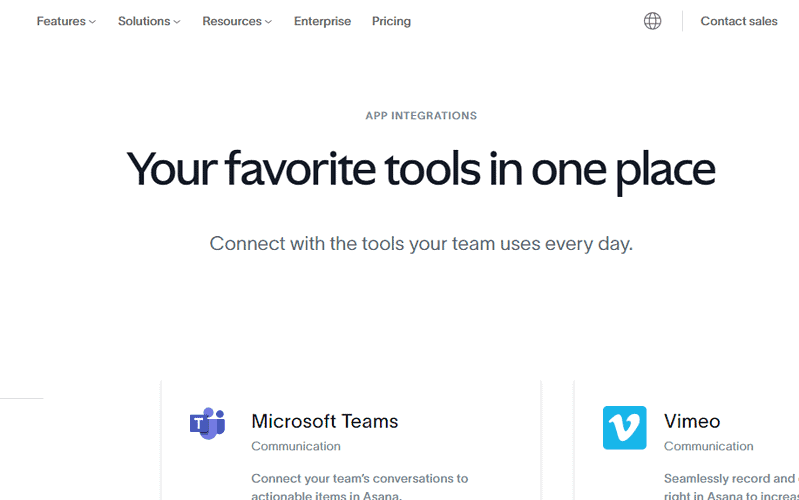
Trello, known for its user-friendly interface, allows teams to track progress visually with boards and cards.
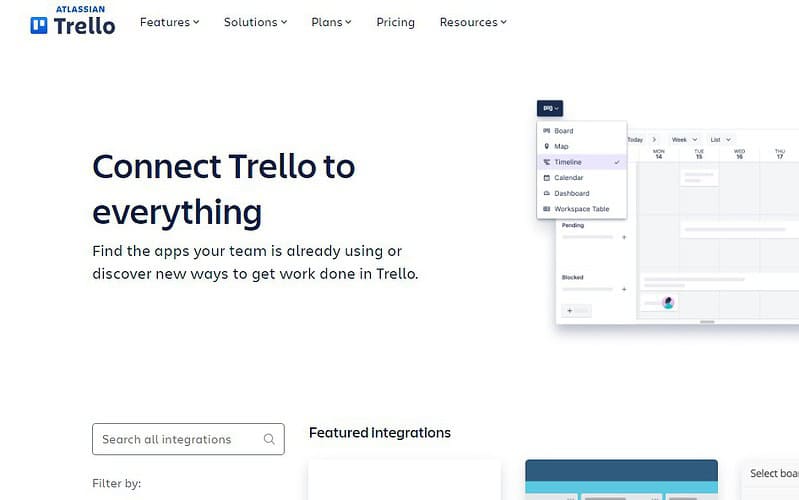
Slack integrations bring all communication channels into one platform, enabling quick updates and discussions. These tools help you manage tasks and information flow, ensuring everyone stays informed and on the same page.
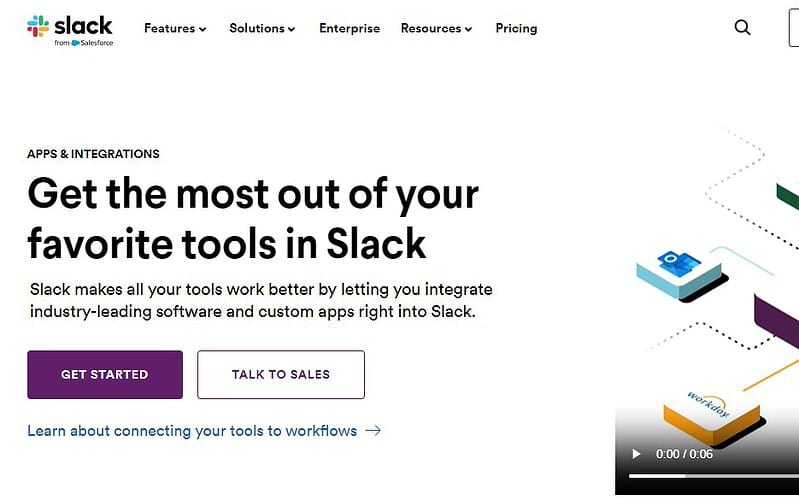
Streamlining Collaboration with Email Apps
Email apps are vital for remote teams. Choosing the right email app can prevent crashes and boost efficiency. However, if you encounter issues where mail quit unexpectedly on Mac, it is crucial to address them promptly to maintain productivity. Apps like Microsoft Outlook and Gmail offer features that help organize emails, set reminders, and manage calendars, which are essential for staying organized.
Integrating these email apps with project management tools can further enhance productivity. For instance, Microsoft Outlook can be integrated with Microsoft Teams to create a cohesive workflow. This allows team members to switch between emails and project tasks seamlessly.
Top Email Apps for Remote Team Efficiency
Choosing the right email apps can enhance productivity for remote teams, ensuring emails are managed efficiently, and communication remains fluid. Below are some top choices that stand out for their specific features and usability for remote work.
Canary Mail: Secure and Intuitive
Canary Mail offers end-to-end encryption, crucial for teams handling sensitive information. The app has a super easy interface for handling emails. It supports multiple accounts, allowing team members to keep personal and work emails separate while still accessing them in one place. Integration with other tools like calendars and cloud services further enhances its functionality, making it a solid choice for remote teams focused on security and ease of use.
Mimestream: Native Gmail Experience on Mac
Mimestream is a dedicated email client for MacOS users seeking to replicate the native Gmail experience. Using the Gmail API, Mimestream supports features like labels, categorization, and threading, aligning closely with what users expect from Google’s web interface. This focus on a native experience means it is fast and responsive, ideal for remote workers relying heavily on Gmail. The application enables users to handle their email even when not connected to the internet. This can be very useful for team members who work in different places.
Spark: Smart Email for Teams

Spark prioritizes team collaboration, which is essential for remote teams. It allows users to share emails with colleagues, discuss them directly within the app, and delegate tasks. Its smart inbox automatically categorizes emails into groups such as personal, newsletters, and notifications, helping users stay organized. Spark also offers powerful search functionalities and integrations with third-party tools like Trello and Slack. The emphasis on teamwork features makes Spark an excellent choice for remote teams needing efficient email management and collaboration.
Advanced Email Management
Advanced email management can significantly enhance productivity for remote teams by utilizing automation and customization. Intelligent tools can help automate routine tasks, while customization lets users tailor their inboxes to fit their needs.
Automating Your Inbox with Smart Tools
Automation in email management is essential for saving time. You can use Spark and Edison Mail to create rules that will automatically sort your emails into folders.
Intelligent mailboxes are another feature that groups emails based on customized criteria. Important emails can be prioritized, while newsletters can automatically be filtered out.
Canary Mail and Spike have strong AI integration. These apps use machine learning to determine the importance of messages and reduce inbox clutter. Automated reminders for follow-ups can also ensure every important email is noticed.
Customization: Crafting Your Perfect Email Experience
Customization is critical to making email management efficient and personalized. Mac email clients like Airmail offer extensive customization options. Users can change the layout, color schemes, and even how emails are displayed.

Creating custom actions is another way to enhance the user experience. For instance, users can set up one-click actions to archive, postpone, or categorize emails. This can make handling large volumes of email faster and less stressful.
Integration with other apps like calendars and to-do lists can also streamline workflow. Apps like Sortd combine email and task management, making tracking tasks directly from the inbox easy. Custom sounds and notifications can also be set to distinguish between different types of emails.

Enhancing Communication and Scheduling
Effective communication and precise scheduling are crucial for remote teams using email apps on Mac. Features like synchronized calendars and real-time notifications help streamline these tasks.
Synchronizing Calendars for Better Meeting Planning
Synchronizing calendars helps remote teams plan meetings efficiently. Email apps with integrated calendar functions allow users to see the availability of team members. This reduces the hassle of back-and-forth emails when scheduling a meeting.
Shared calendars update in real time, making it easier to coordinate schedules. Team members can add, edit, or delete events, ensuring everyone is on the same page. This feature is invaluable for preventing scheduling conflicts and overlapping meetings.
When team members are in different time zones, synchronized calendars automatically adjust meeting times. This helps avoid confusion and ensures prompt attendance. Invites can be sent directly through the email app, and attendees can respond with their availability, making the process seamless.
Real-Time Notifications and Updates
Real-time notifications inform team members about new emails, meeting requests, or schedule changes. This feature is essential for maintaining fluid communication within a remote team.
Notifications can be customized to ensure team members get alerts only for important updates. This prevents information overload and helps prioritize tasks. For instance, immediate notifications for meeting changes ensure everyone is aware and can adjust plans accordingly.
Some email apps offer push notifications that appear even when the app is not open. This ensures that urgent messages are always noticed. Real-time updates on shared documents also inform everyone of recent changes, enhancing collaboration.
Integrating With Productivity Tools
Integrating email apps with productivity tools for remote teams using Macs can enhance efficiency and collaboration. Here, explore how to tie email services with Microsoft 365 and streamline teamwork with Trello and Slack integrations.
Tying Email Services with Microsoft 365 and Other Apps
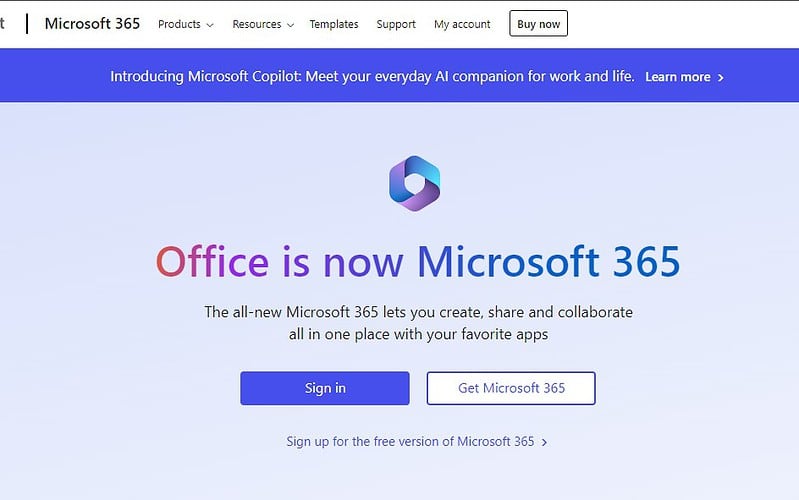
Linking email services with Microsoft 365 allows seamless transitions between emails, documents, and meetings. For instance, you can use Outlook on macOS to sync emails, calendars, and contacts across devices. Integration with OneNote makes note-taking during email reviews effortless, and SharePoint integration allows easy sharing of files.
Outlook also helps by integrating with Teams. This lets users switch from an email thread to a Teams chat or call to keep conversations in context. Integration with Microsoft’s To-Do app can turn emails into tasks, ensuring nothing is missed. This setup streamlines workflows by keeping everything in one ecosystem.
Setting up these integrations involves configuring settings within the email applications and the associated Microsoft service, ensuring data syncs properly across platforms. Doing this can save a lot of time and make you less likely to miss important information.
Email Apps in the Ecosystem of Remote Work
Email apps are crucial in remote work, helping teams stay connected, manage tasks, and communicate effectively. They integrate with various tools to enhance productivity and streamline workflows.
Combining Email with Project Management Tools
Email apps can be integrated with project management tools to help remote teams stay organized. Microsoft Teams and tools like Trello and Asana allow users to convert emails directly into tasks. This ensures that important messages and updates are kept from crowded inboxes.
For example, an email about a new project can be turned into a task in Asana. The team can then assign deadlines and responsibilities within the project management app, keeping all related information in one place. This helps track progress and meet deadlines efficiently.
Integration between email apps and project management tools also reduces the need to switch between different applications. This streamlined approach saves time and smooths workflow, essential for remote teams.
Utilizing Email Apps for Video Conferencing and Messaging

Many email apps support video conferencing and messaging. This integration is crucial for remote teams that rely on tools like Zoom and Microsoft Teams. Directly launching video calls from an email client makes scheduling and joining meetings easier without navigating multiple apps.
Here’s an example. Gmail works with Google Meet. This allows users to plan and join meetings from their inboxes quickly. Similarly, Outlook integrates seamlessly with Microsoft Teams, enabling instant video calls and messaging access.
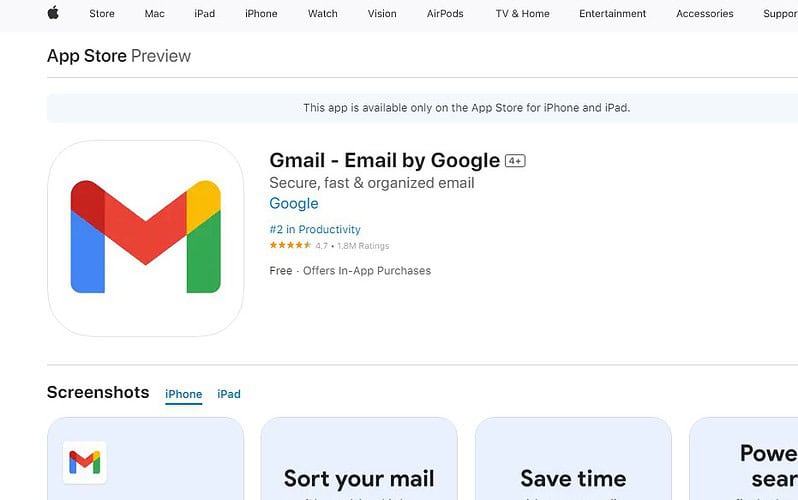
Such integrations streamline communication by keeping everything accessible from a single platform. This reduces the hassle of managing multiple tools and helps maintain clear and continuous communication within remote teams. As a result, it enhances collaboration and ensures that remote work is as productive and efficient as possible.
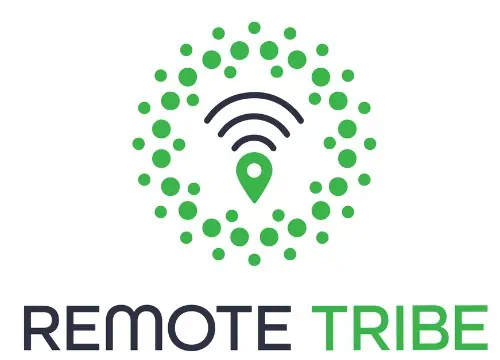
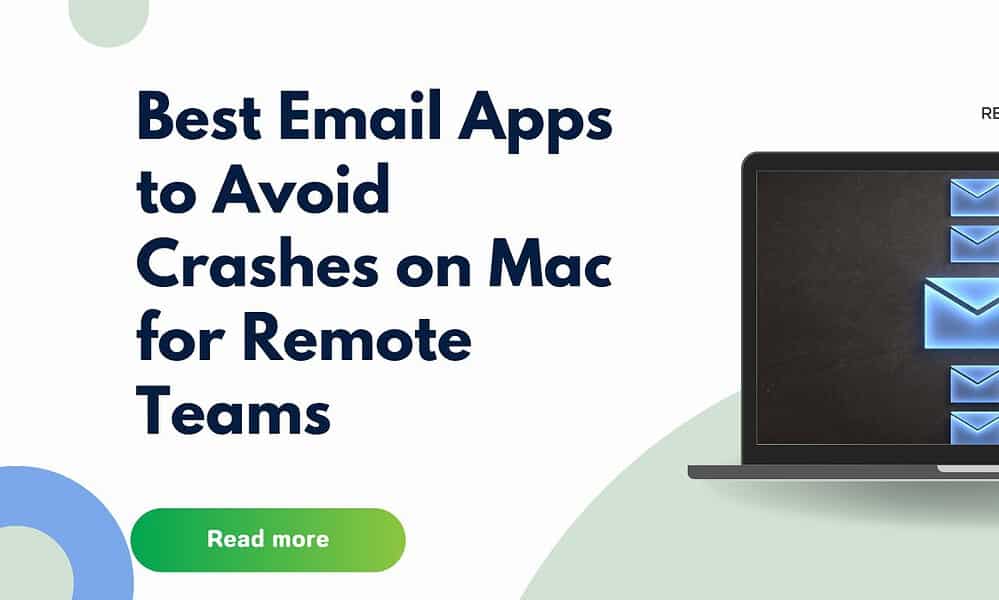



![Best AI Writing Tools For Content Creators [Extended List] ai writing tools 2023](https://www.remotetribe.life/wp-content/uploads/2023/08/Purple-Yellow-Modern-How-To-Start-Business-Blog-Banner-1-150x150.jpg)



